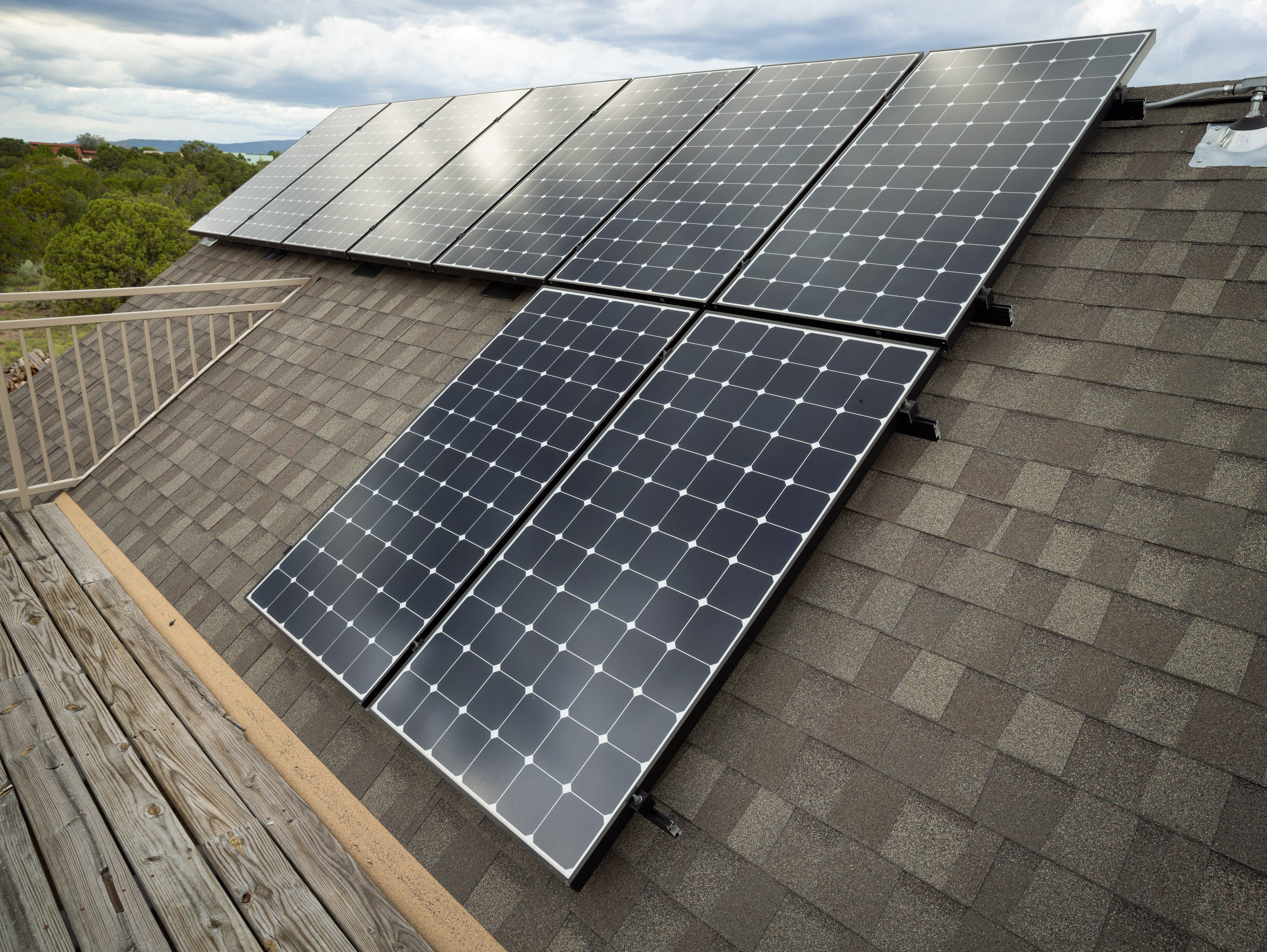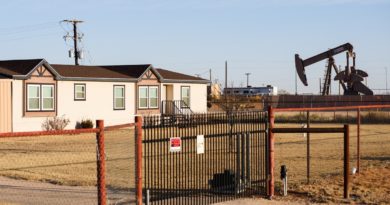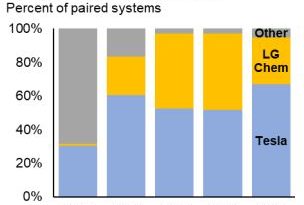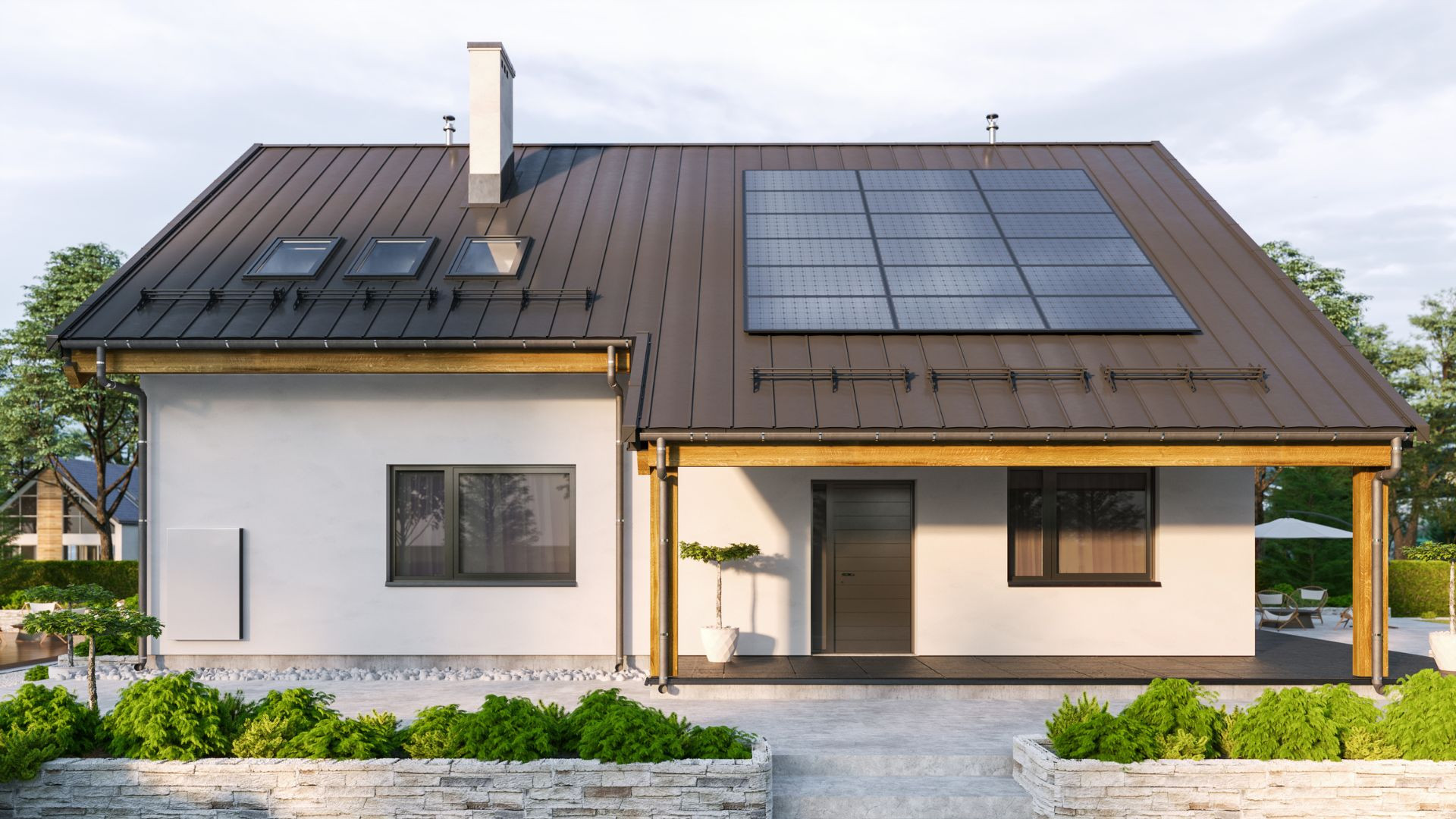Find out how many solar panels you need to power your house – CNET
Energy Disrupter

At an average cost of $20,000 per system, residential solar panels are a sizable investment for most homeowners. If you’re thinking about going solar, you’ll probably have quite a few questions about it, including how many solar panels you’ll need to power your property.
In general, the average solar system for a home consists of 20-25 panels, but the exact number you’ll need will depend on numerous factors, including where you live, how much energy you typically use, and how much power your panels can generate.
It might seem like a lot to consider, but it’s pretty simple when you break it down. Let’s look at three key factors that determine how many solar panels you need to power your house, as well as an example of how to calculate the size of your system.
Read more: 5 things to consider before you buy solar panels
Average energy usage
Understanding how much electricity you use in an average year, month and day is key to estimating the number of solar panels you need. Energy usage can vary quite a bit, depending on the number of people in your household, as well as how many appliances you have and how often you use them.
Check last year’s energy bills to find out how much electricity you use over the course of all four seasons (hint: it’s measured in kilowatt-hours or kWh). Once you have that number, you’ll know how much solar power you need to generate to cover your needs. For reference, the average American home uses 10,649 kWh per year. That’s just over 29 kWh per day.
Solar panel output
Individual solar panels are capable of producing a certain amount of energy, depending on the conditions at your home (including how much sunlight you receive and how much shade covers your roof). This number is called a power rating and is measured in watts, with a typical panel generating between 250-400 watts of power. For example, you might buy a solar panel with a listed output of 325 watts. You’ll need to multiply the panel’s wattage by how many hours of sun you get every day to understand how much energy it will produce (more on that in the next section).
If you don’t have much space, you might want to invest in solar panels with higher power ratings since they’re equipped to generate more energy per panel. But they’re also more expensive, so bear that in mind if the solar budget for your home is tight.
Sunshine at your home
Your physical location is a key factor that impacts the efficiency of your home solar panels. As you might expect, solar systems are best suited for sunny areas — which is why solar is incredibly popular in states like California and Arizona. With more sunshine, each of your individual solar panels will generate more power. For our calculations, we’ll assume that you get four hours of sunshine per day.
The location of your home isn’t something that you can change, but it’s still important to recognize that your region plays a role in how well solar will work for you. In short, your panels will operate at maximum capacity when they can absorb the most possible sunlight.
But this isn’t just about where you live — it’s also about how your particular property is laid out and how much sunlight reaches your roof. For instance, if you have tall trees that create shade over your roof, your solar panels won’t produce as much power as if they were under clear skies.
Putting it all together
With those variables in mind, we can roughly estimate the number of solar panels for home that you’ll need. In this example, we’ll use the average annual energy consumption, solar panel wattage and hours of sunlight that we mentioned earlier.
Let’s say that your property receives four hours of sunshine each day, and you’re purchasing 325-watt solar panels. In that case, each panel can generate 1,300 watt-hours per day (or 1.3 kWh). Assuming that your energy usage is in line with the average of 29 kWh per day, you’d need 23 325-watt panels to create enough electricity for your home.
Key points to keep in mind
Although the upfront costs of a residential solar system might seem high, there are a few ways to save money on your investment. For instance, the federal government provides a tax credit on new solar installations, and many state and local governments offer rebates or incentive programs. Alternatively, if you can’t afford to purchase your panels, you can choose to rent them (but you won’t qualify for tax credits and incentives).
Figuring out the number of solar panels you need is only part of the equation. Learn more about the benefits and costs of home solar from CNET:
Original Source: https://www.cnet.com/home/energy-and-utilities/find-out-how-many-solar-panels-you-need-to-power-your-house/
















